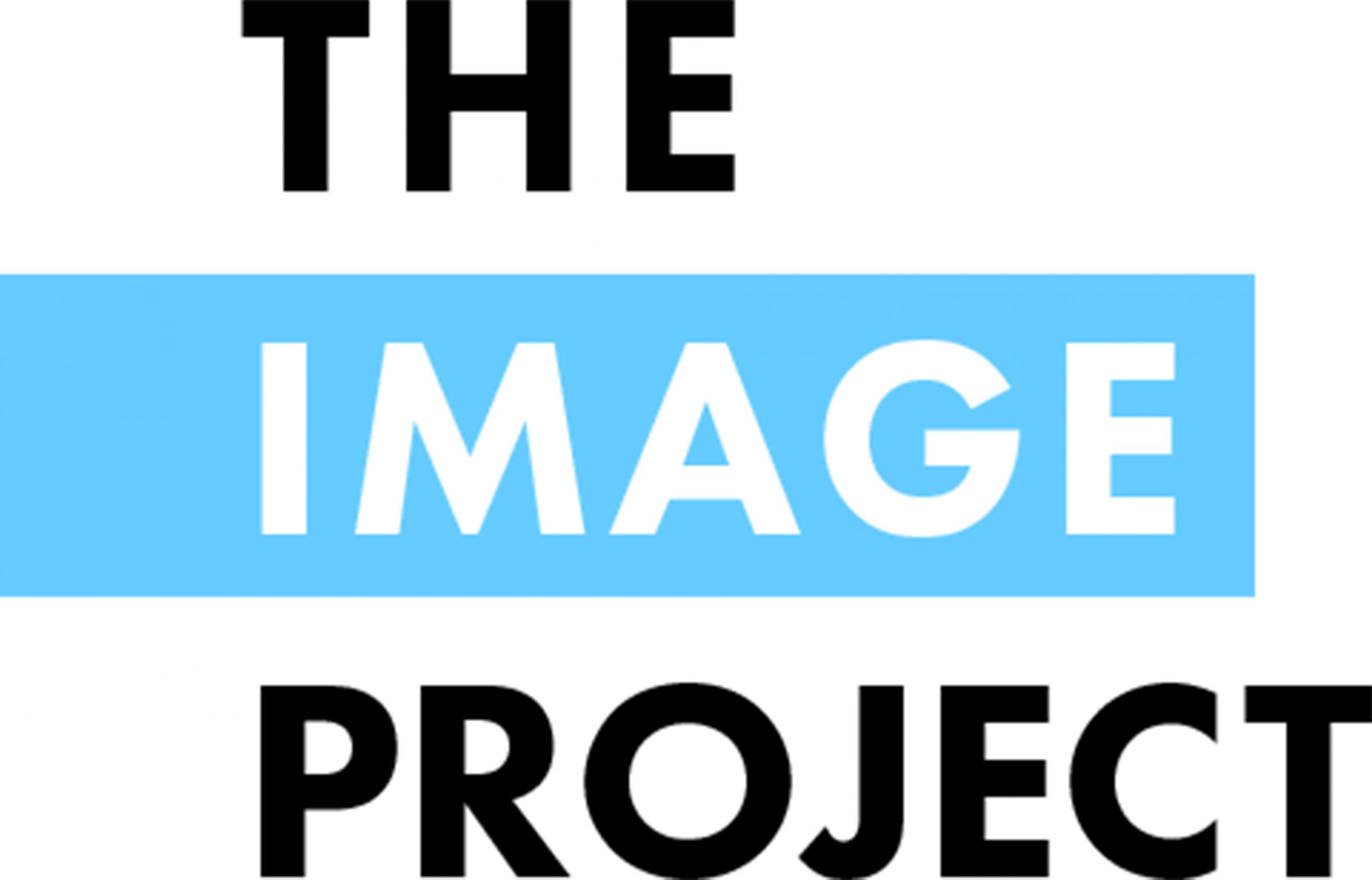The IMAGE project is an Erasmus+ funded strategic partnership of 5 Higher Education Institutions from 5 European countries (see list of partners).
It is about supporting autistic university students to appreciate and demonstrate their strengths to employers. The acronym IMAGE stands for Improving EMployability of Autistic Graduates in Europe.
Our work moves away from a deficit model of autism and instead focuses on skills development, self-advocacy and the sharing good support practice amongst universities and employers.
Background
The prevalence of autism is approximately 1% of the population. Autistic young people are entering Higher Education (HE) at an increasing and unprecedented rate. These individuals are academically competent and might achieve better than their peers without autism. Unfortunately, at the end of their studies, this group faces a substantial employment gap: A large group of skilful individuals is left without employment.
The reasons are multifold: Careers advice provided by HE institutions is ineffective for autistic students; academic tutors lack understanding of how best to support autistic students develop employability skills or gain work experience; recruitment procedures create barriers; and employers are unsure how to support autistic graduates in the job.. This is despite the many qualities that make them desirable employees: attention to detail, honesty, loyalty, working longer hours and punctuality.
European HE systems currently fail this student group, and autistic graduates enter a fast-growing pool of untapped economic potential, preventing personal fulfilment and creating long-term costs to society.
Project Objectives
The objectives of the IMAGE project were:
- To help autistic students and graduates across Europe develop their employability skills and better plan their career, through the creation of an online employability toolkit;
- To help HE careers advisors better support autistic students, through the creation of a good practice guide, a training package and by providing training to careers advisors across the partner countries;
- To make the HE sector more inclusive by sharing examples of good support practice and easily implementable changes, through the creation of a set of good practice guides for academics, HE senior managers and policy makers;
- To make employers better recognise the strengths and benefits of qualified autistic employees and reduce disabling barriers to recruitment and employment, through the creation of a good practice guide for employers.
- To actively involve target groups in the achievement of above objectives, using a participatory design approach.
How we achieved this
The project used a participatory design methodology, involving the target groups in the conception and design of all outputs. Participants in the various activities included:
- 53 careers advisors and autistic students were interviewed regarding the challenges and enablers for entering the workplace.
- 224 autistic people and professionals participated in a multi-national survey on attitudes towards autism and examples of good practice.
- 70 autistic people and professionals took part in 9 face-to-face participatory design workshops, in 5 countries.
- 9 autistic people took part in a series of 20 online participatory design session to shape and refine the employability toolkit.
The IMAGE project produced an employability toolkit that autistic students can use independently, training materials for careers advisors to develop their skills and professional practice, and a set of good practice guides for professionals and employers to raise awareness of autism and become more autism-friendly. We expect that project outputs will benefit other disadvantaged student groups too, including students with other disabilities.
In November 2021 we organised a series of workshops for careers advisors in 3 countries (UK, Finland and France) to introduce the good practice guide and training materials for this group. 192 careers advisors took part and the feedback has been very positive.
Also in November 2021, we hosted a virtual international conference where all outputs were publicly demosntrated for the first time. 151 delegates attended the conference.
All outputs are freely available to autistic people, the HE community and employers. The long-term impact of these IMAGE resources will be greater autism awareness amongst professionals, more inclusive HE institutions and procedures, better skilled autistic graduates, and ultimately more autistic graduates in employment.
